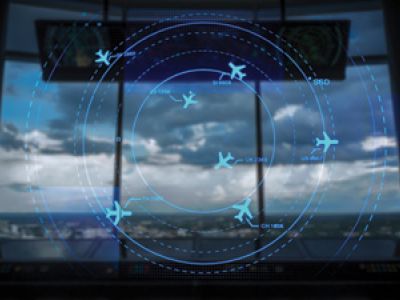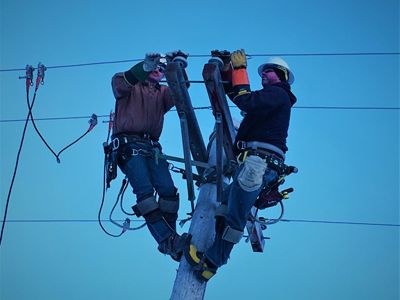Dwight Miller, CLCP, CUSP

Dwight Miller, CLCP, CUSP
Dwight Miller, CLCP, CUSP, is the director of safety training and loss prevention for Ohio’s Electric Cooperatives. Reach him at dwightmiller@ohioec.org.

Gauges: How Do You Measure Safety?
The small utility had just lost two journeymen linemen to contractors, and they needed replacements who could hit the ground running. So, the company held some interviews and hired two seasoned journeymen.

Lessons Learned from the Tenerife Airport Disaster
On March 27, 1977, two 747 passenger jets crashed on a runway on the Spanish island of Tenerife, killing 583 people. It remains one of the worst disasters in aviation history.

Equipotential Grounding: Lessons Learned in the Field
When the earliest linemen first began to ground lines for worker protection, they attached a small chain – known as a ground chain – to the conductors, with the end dropped to the ground. When I began to work on a line crew, I’m sad to say that my grounding practices weren’t much better than […]

